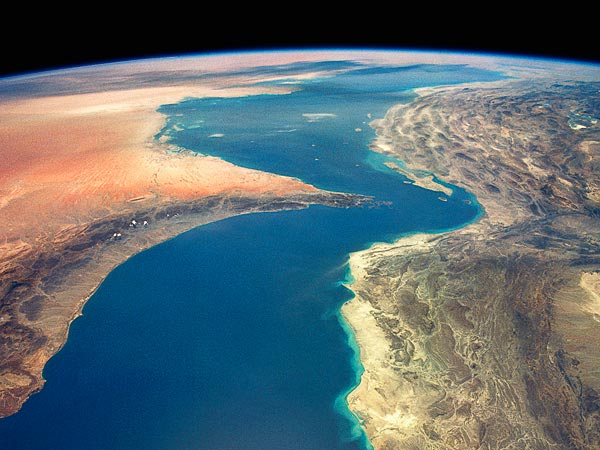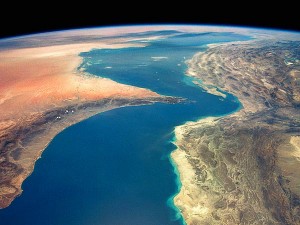
Asymmetric Maritime Threats to the Strait of Hormuz
 As Iran refuses to address ongoing concerns regarding its nuclear program, tensions between its leaders and the international community have escalated. The United States has made clear through multiple statements that a nuclear Iran is a serious threat to national security and that the U.S. will employ all means to prevent it. While military options may still be premature, tough economic sanctions combined with diplomacy are being used by the international community to get Iran to come clean about its nuclear activities.
As Iran refuses to address ongoing concerns regarding its nuclear program, tensions between its leaders and the international community have escalated. The United States has made clear through multiple statements that a nuclear Iran is a serious threat to national security and that the U.S. will employ all means to prevent it. While military options may still be premature, tough economic sanctions combined with diplomacy are being used by the international community to get Iran to come clean about its nuclear activities.
Existing sanctions have placed considerable pressure on the Iranian regime as they negatively impact Iranian citizens. Even before the European Union approved the latest round of wide-reaching sanctions, Iran had publicly threatened to utilize its geopolitical influence in the region to hold or close the Strait of Hormuz should it be provoked.
Preventing Iranian exports through sanctions may well be viewed by Iranian leadership as provocation enough to warrant the seizure of the straits. Furthermore, there are strategic advantages for Iran if it unilaterally decides to close the straits. Because the US has also stated that it will not accept any interference in the Strait of Hormuz, a closure by the Iranians could temporarily distract the US from planning a preventive attack on Iranian nuclear sites. While actions by either side may appear drastic, the strategic importance of the straits cannot be overestimated and all threats should be seen as credible. The Strait of Hormuz is the world’s most significant oil chokepoint with over 17 million barrels of oil transported through the straits each day in 2011. Most alternatives to the straits are currently not operational. Additionally, with its narrow traffic lanes, the straits are highly susceptible to attack.
Iran is well poised to exploit the security weaknesses of the straits. The Iranian navy, through geographic location and well-developed capabilities, could effectively hold or close the straits for a short duration. Regional conflicts have acted as training ground for operations such as mining and missile campaigns.
Mining in particular could be an effective deterrent for the Iranians against US and international pressures. Depending on the method, Iran could set thousands of mines in a relatively short time period. Iran was estimated to have around 5,000 sophisticated mines at the beginning of 2012, a capability that is expected to continue to grow.
Because the US has staked its credibility on promises to defend the sea lanes, mining of the straits would elicit immediate action. Current US strategy for a closure of the straits relies heavily on mine countermeasures, including the controversial Littoral Combat Ship. There are few viable alternatives to large-scale military action included in the strategy.
Opening the straits would not be easy or without cost.
Clearing could take weeks or months, depending on the number of mines and Iranian employment of anti-ship missiles at the same time. Even if the process was completed relatively quickly, oil markets could experience effects far into the future. Moreover, the US and the international community would face on-going economic challenges as oil flow was strangled and military forces were again deployed to the Middle East. Iran’s closing the straits might in itself be considered an act of war. Alternatively, military action in the straits could potentially escalate into a larger conflict with Iran.
In the end, securing the Strait of Hormuz would still not meet the ultimate objective of preventing Iran from getting the bomb. All parties involved would incur high economic costs and the threat of another attack on trade in the straits would not have diminished.
While Iranian intervention in the Strait of Hormuz is not inevitable, increased pressure on the regime calls for a practical US plan of response in case of attack. Iran should not be granted the opportunity to gain strategic advantage in the region.





